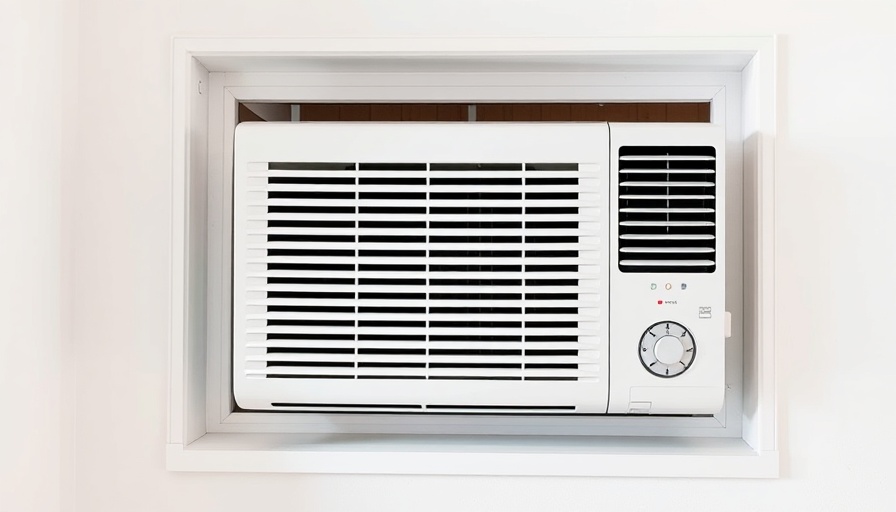
Summer Heat Doesn’t Have to Be a Challenge
As summer heat settles in, many homeowners face the annual ritual of bringing window air conditioning units out of storage. This season, however, you may find yourself in a dilemma—a window AC unit that doesn't fit properly in your window frame. Whether you're in a new home with different window dimensions or simply upgrading to a new unit, there is no reason to sweat it. Let's walk through practical strategies to tackle this common issue.
Understanding AC Side Panels
AC side panels are essential components that ensure the air conditioning unit fits snugly within the window frame. Made from plastic and designed specifically for each unit model, they seal gaps that could otherwise allow heat, dust, and insects to infiltrate your cool space. A tight fit not only helps your AC work efficiently but also keeps your home comfortable during sweltering conditions.
Simple Adjustments for a Perfect Fit
When faced with oversized windows, the first step is to consider your options:
- Use One Panel: If your window is narrower, try removing one of the side panels. Shift the AC unit to one side and extend the remaining panel to cover the gap. If both panels are unnecessary, you can also seal the openings with weatherstripping for a neater, cooler room.
- Create Custom Panels: Not rigidly bound to conventional sizes? Tailoring your side panels from various materials like plywood or Plexiglass can be a practical solution. Cut them to size and securely tape them where needed.
- Upgrade Your AC: If the difference is significant—say your window is over a foot larger than the unit—consider investing in a larger air conditioner that fits better and functions more effectively.
- Seal Remaining Gaps: Use adhesive-backed foam or weatherstripping for those pesky small gaps. A product like Flex Seal is perfect for making a temporary yet robust attachment that keeps outside air at bay.
Alternative Solutions
When traditional AC side panels just won’t do the trick, there are effective alternatives. As Micah Sherman, a Virtual HVAC Expert, suggests, foam board lined with tape is a great substitute. This not only seals your window but also provides some insulation against the outside temperature.
Why Every Homeowner Should Understand These Solutions
Understanding how to fit your AC correctly can enhance your home environment significantly. Not only does it keep your living space cool, but it can also save energy, reduce your utility bills, and prevent potential damage from moisture infiltration. Whether you're navigating your first summer with an air conditioning unit or you are a seasoned homeowner, these tips will ensure you stay comfortable during the hottest months.
A Call to Action
Before summer sweeps through and leaves you sweating, take the time to ensure your air conditioning setup is ready to battle the heat. Remember, a well-placed and fitted AC unit means a comfortable summer. Explore your window AC options today, and don't let fitting issues hold you back.
 Add Row
Add Row  Add
Add 




Write A Comment